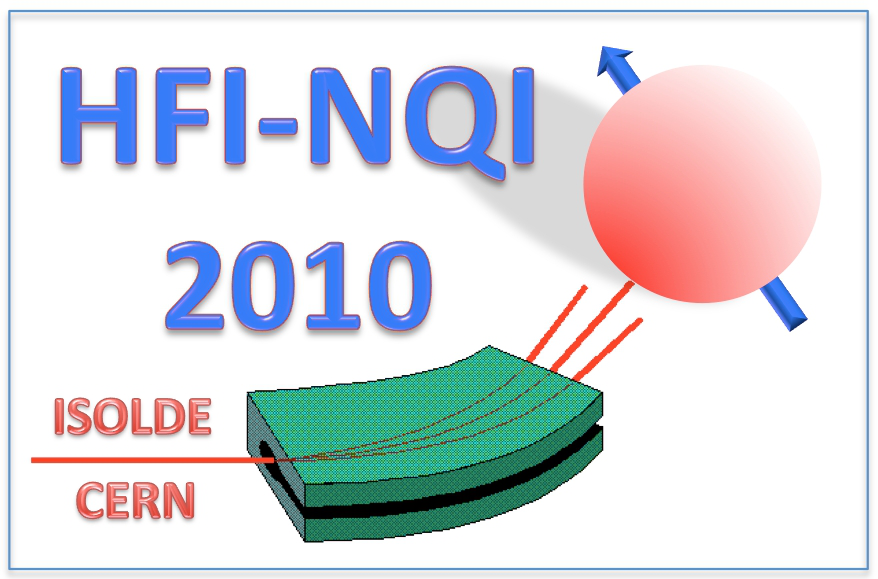Speaker
Dr
Pardeep Kumar Thakur
(European Synchrotron Radiation Facility (ESRF), Grenoble, France)
Description
In the several last years, molybdenum oxide has attracted attention because of its potential applications in gas sensing devices, optically switchable coatings, catalysis, etc. Besides the above-mentioned attractive physical and optical applications, if another degree of dimensionality in terms of magnetic properties could be induced in the system by doping some magnetic impurity, the resulting device would be a boost to the existing MoOx based technology. This is the aim of this study.
Well characterized thin films of undoped and Fe (0–5 at. %) doped MoO2 were grown on c-plane sapphire single crystal substrates by pulsed laser ablation technique [1,2]. The near edge X-ray absorption fine structure (NEXAFS) measurement at O K, Mo M3,2, Fe L3,2-edges, and X-ray Magnetic Circular Dichroism (XMCD) at Fe L3,2-edges have been carried at the ID08 beam line of the European Synchrotron Radiation Facility to understand the electronic structure changes, relative stability of cation distributions and the responsible magnetic interactions at room temperature. The O K-edge NEXAFS spectra reveal that the intensity of O 2p–Mo 4p hybridized states changes with the Fe dilution and can be interpreted in terms of competition between hybridization of Mo 4p and Fe 3d with O 2p orbitals. The Mo M-edges exhibit a signature of mixed valance Mo4+/Mo5+ ions. The Fe L3,2 absorption spectra shows a similar spectral profile; on the other hand, the XMCD spectra show the characteristic fine structure with ferromagnetic ordering at room temperature. These differences are attributed to the variety of 3d electron configuration of Fe ions (Fe2+/Fe3+) and the local symmetry (tetrahedral/octahedral) [3]. The cation distributions at different sites exhibit a significant variation with the change in iron concentration indicating the strong correlations between charge and spin of the electrons.
References:
[1] R. Prakash, D. M. Phase, R. J. Choudhary, and R. Kumar, J. Appl. Phys. 103, 043712 (2008).
[2] P. Thakur, J. C. Cezar, N. B. Brookes, R. J. Choudhary, R. Prakash, D. M. Phase, K. H. Chae, and Ravi Kumar, Appl. Phys. Lett. 94, 062501 (2009).
[3] J.-Y. Kim, T.Y. Koo, and J.-H. Park, Phys. Rev. Lett. 96, 047205 (2006).
| Are you a student, a delegate from developing countries or a participant with physical needs and would like to apply for a sponsored accomodation. Please answer with yes or no. | NO |
|---|
Author
Dr
Pardeep Kumar Thakur
(European Synchrotron Radiation Facility (ESRF), Grenoble, France)
Co-authors
Dr
D. M. Phase
(2UGC-DAE Consortium for Scientific Research, Indore 452001, India)
Dr
J. C. Cezar
(ESRF, Grenoble, France)
Dr
K. H. Chae
(Nano Analysis Centre, Korea Institute of Science and Technology (KIST), Seoul 136-791, Korea)
Dr
N. B. Brookes
(ESRF, Grenoble, France)
Dr
R. J. Choudhary
(2UGC-DAE Consortium for Scientific Research, Indore 452001, India)
Prof.
Ravi Kumar
(Centre for Materials Science and Engineering, National Institute of Technology, Hamirpur 177005 (H.P), India)
